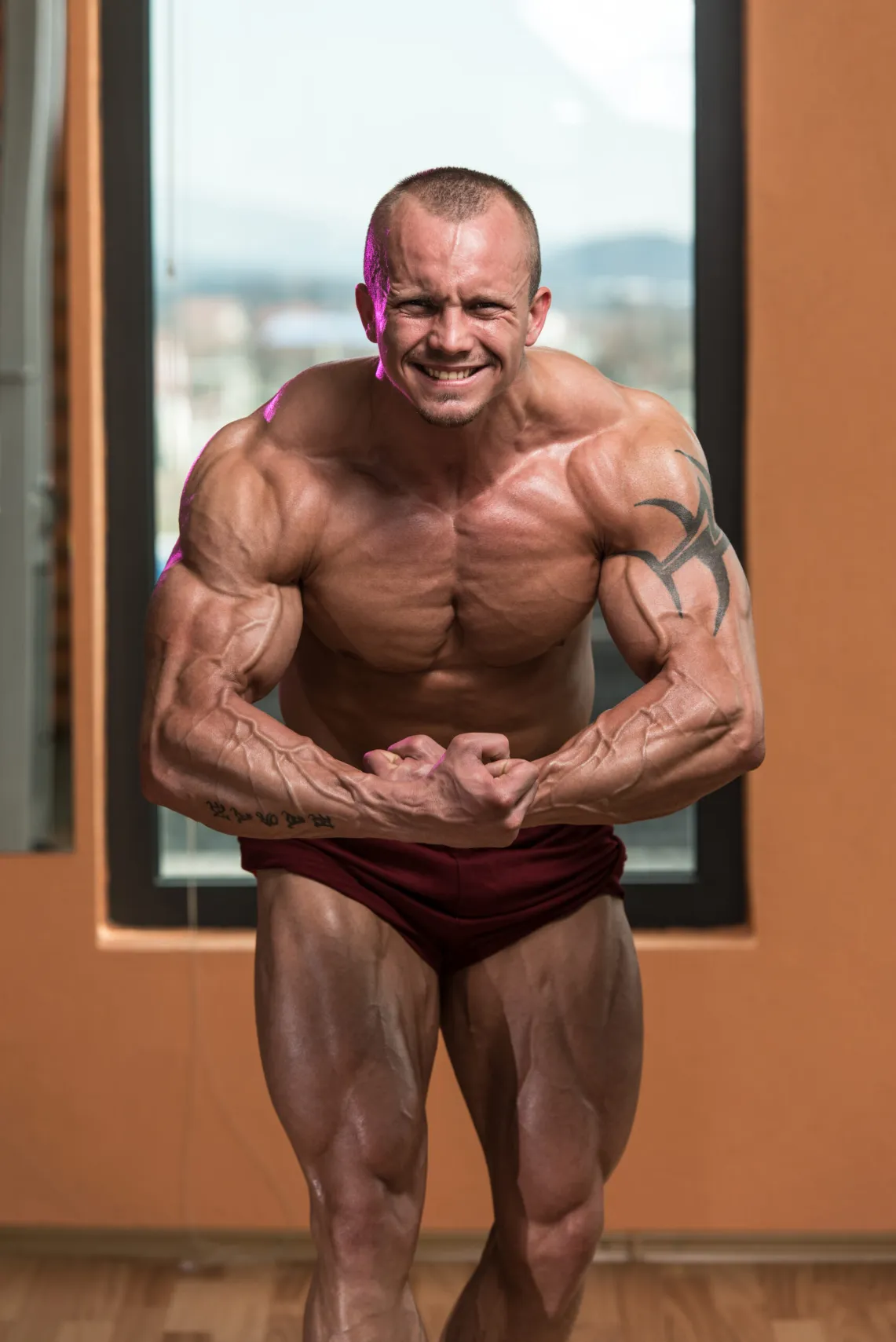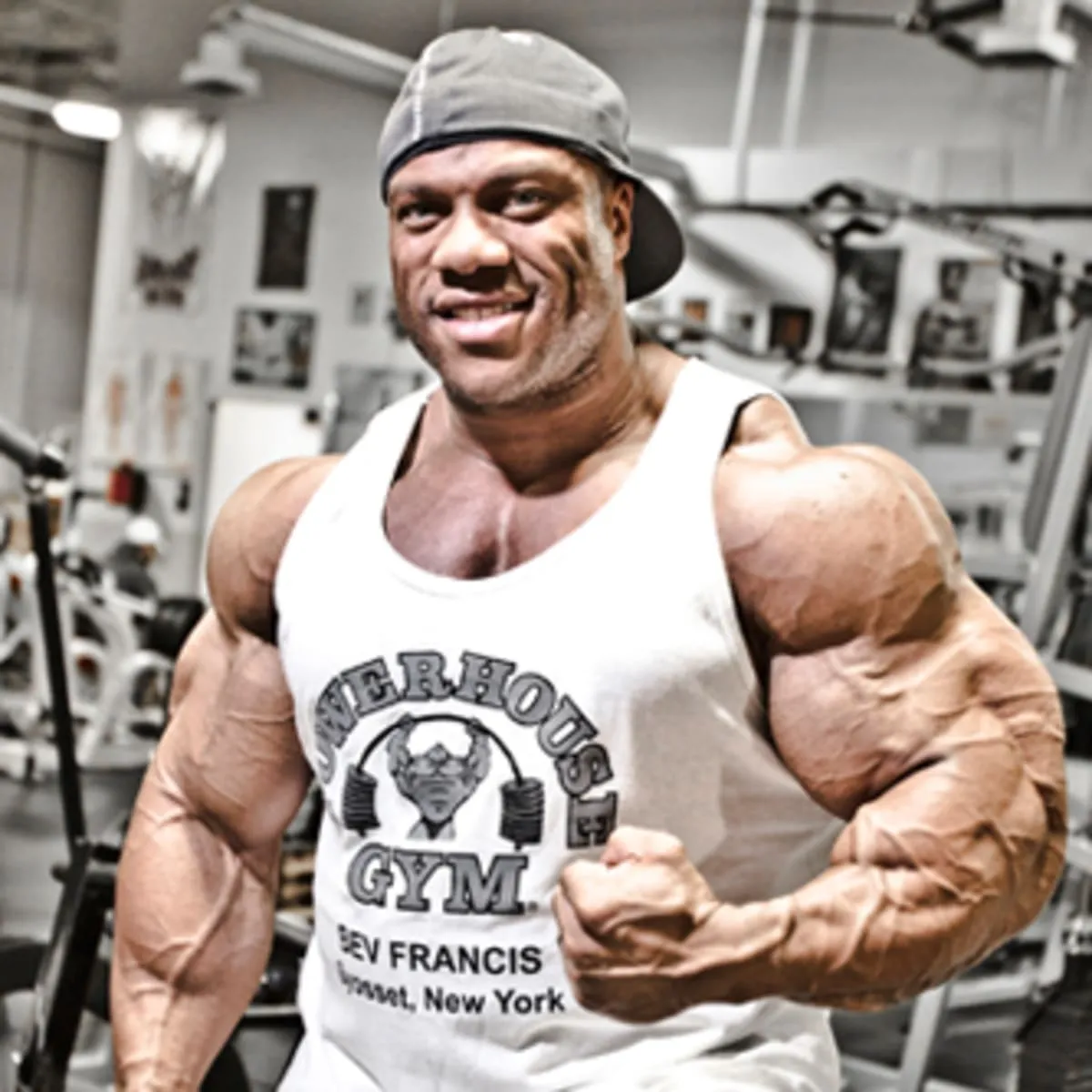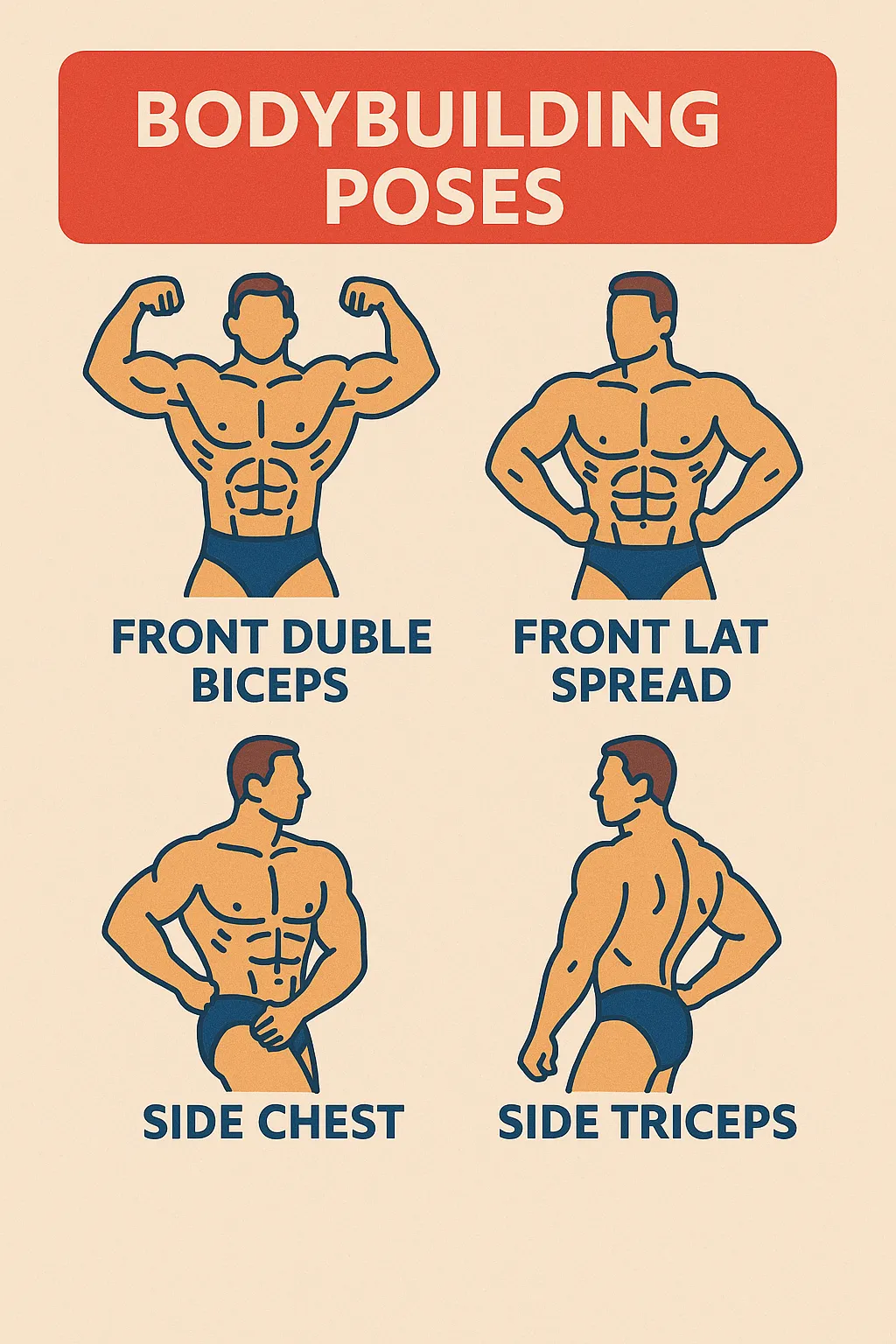Fake tans, glittery bikinis, and bulging biceps, these are often the first images that come to mind when you think of female bodybuilding. But behind the glam of competition day lies a world of early morning cardio, strict meal plans, intense strength training, and lots of dedication.

Whether you’re looking to compete or just want to build a stronger, more sculpted physique, female bodybuilding can be an empowering journey.
This beginner-friendly guide will walk you through everything you need to know to get started with female bodybuilding from workouts to nutrition, and even what to expect if you ever decide to step on stage.
What Is Female Bodybuilding?
At its core, bodybuilding is about building muscle and reducing body fat to create a well-defined, sculpted physique. It involves a combination of strength training, nutrition, and (if you choose to compete) presentation on stage.
But bodybuilding isn’t just about appearance. Many women use bodybuilding-style training to feel stronger, more confident, and healthier overall. Competitions are just one part of it. You don’t need to compete to call yourself a bodybuilder if you’re training with intention, you’re already on the path.
The Mental Side of Bodybuilding
Let’s be real: bodybuilding takes mental strength. You’re putting in hours of effort, and sometimes, progress feels slow. It’s also a sport where looks matter, especially if you’re competing. That can be tough on your self-esteem, especially if you struggle with body image.
That’s why it’s so important to focus on the health, strength, and confidence gains, not just the visual ones. Building a strong body can help build a strong mindset, too.
Female Bodybuilding Workout Plans
So how do female bodybuilders train? The answer: with structure and consistency.
Most female bodybuilders follow a “split” training routine, where they target different muscle groups on different days. Here’s a basic example of a 5-day split:
-
Day 1: Chest
-
Day 2: Back
-
Day 3: Shoulders
-
Day 4: Legs
-
Day 5: Arms
-
Days 6 & 7: Rest or active recovery
Another popular approach is the push-pull-legs split, which hits each muscle group twice per week:
-
Day 1: Push (chest, shoulders, triceps)
-
Day 2: Pull (back, biceps)
-
Day 3: Legs
-
Day 4: Push
-
Day 5: Pull
-
Day 6: Legs
-
Day 7: Rest
Each session usually includes:
-
A warm-up
-
3–5 exercises per muscle group
-
3–4 sets of 8–12 reps each
Start your workouts with compound exercises (like squats or bench press) these target multiple muscle groups and build strength faster. Then move to isolation exercises (like bicep curls or leg extensions) to fine-tune muscle growth in specific areas.
How Heavy Should You Lift?
You don’t have to lift your max every session. In fact, for muscle growth (a.k.a. hypertrophy), it’s best to work at about 60–70% of your one-rep max. That means you’re lifting a weight that’s challenging, but manageable for 8–12 reps.
You can also try:
• Supersets: Two back-to-back exercises for the same muscle group
• Slow tempo reps: Lift slow and controlled to boost muscle fatigue
• Progressive overload: Gradually increase weight or reps over time to keep challenging your muscles
Yes, You Still Need Cardio
Cardio isn’t just for weight loss, it helps reveal all the muscle you’ve worked so hard to build. Aim for 20–30 minutes of cardio three times a week. You can do steady-state cardio (like walking or cycling) or try HIIT (high-intensity interval training) if you’re more advanced.
Female Bodybuilding Diet 101
You can’t out-train a poor diet. If you want to build muscle and stay lean, what you eat matters just as much as how you train.
The Macronutrient Breakdown
• Protein: Builds and repairs muscle. Aim for 0.8 to 1 gram per pound of body weight.
• Carbs: Your main energy source. Go for complex carbs like oats, brown rice, and sweet potatoes.
• Healthy Fats: Keep hormones balanced and help you feel full. Include sources like avocado, nuts, olive oil, and eggs.
Consider Counting Macros
Many bodybuilders follow an IIFYM (“If It Fits Your Macros”) approach. This lets you eat a variety of foods as long as they fit within your set targets for protein, carbs, and fats. It’s flexible and can help you stay on track long term.
Bulking vs. Cutting
If you’re serious about sculpting your body, you’ll hear the terms:
• Bulking: Eating in a calorie surplus to build muscle
• Cutting: Eating in a calorie deficit to reduce body fat and reveal muscle
Both phases require careful planning, and it’s best to work with a coach or nutritionist to do it safely.
Want to Compete? Here’s What You Need to Know
There are several female bodybuilding competition categories, each with its own look and level of muscularity:
• Bikini: Lean and toned with some muscle — the most popular category for beginners.
• Figure: More muscle and definition than bikini.
• Women’s Physique: More size and muscular detail.
• Bodybuilding: The most muscular category, for those looking to go all-in.
• Fitness: Judged on both physique and performance (you’ll do a choreographed routine).
You’ll wear a two-piece suit, heels (for most categories), and perform a posing routine for judges. It’s about stage presence, symmetry, and confidence.
How to Start Bodybuilding as a Woman
Here are the first steps to get going:
1. Hire a Coach
Find a coach who has experience training female bodybuilders. They’ll help you with workouts, nutrition, and if you choose to compete, posing. Do your research and read reviews. Don’t just go by followers on Instagram.
2. Track Everything
Use a journal or an app to log your workouts, weights, and food. This will help you track progress and make smart changes when needed.
3. Use Machines (Especially If You’re New)
Machines can help you learn proper form and reduce injury risk. Once you’re more comfortable, add in free weights to engage stabilizer muscles.
4. Give Yourself Time
If you want to compete, plan ahead. Most beginners need at least 12–16 weeks of prep time for their first show. The more consistent you are in the off-season, the easier your prep will be.
5. Be Patient and Consistent
Muscle doesn’t grow overnight. It takes time, proper form, progressive overload, and rest. Stick with it and celebrate small wins along the way.
Final Thoughts: Is Female Bodybuilding for You?
Female bodybuilding is more than just a sport, it’s a lifestyle. It challenges your body and mind, builds serious strength, and can be incredibly empowering.
You don’t have to step on stage to reap the benefits. Whether you’re lifting to compete or just want to feel stronger, bodybuilding can change the way you view yourself, inside and out.
Pro Tip:
If you’re thinking of getting serious, schedule a chat with a certified trainer or coach. Tailored advice makes all the difference.







